Gacha art base refers to the customizable templates used to create characters and scenes in the popular game “Gacha Life.” Developed by Lunime, Gacha Life allows players to create and personalize anime-style characters and bring them to life in various storylines and environments. The term “gacha” comes from the Japanese word for capsule-toy vending machines, reflecting the game’s mechanism of unlocking characters and items through virtual “capsules.”

The game’s art base is a foundational aspect that provides users with a multitude of options, including hairstyles, clothing, accessories, and facial expressions. This wide-ranging customization is a key feature that has contributed significantly to the game’s popularity among a young audience, enabling a form of creative expression that aligns with their interests in manga and anime aesthetics.
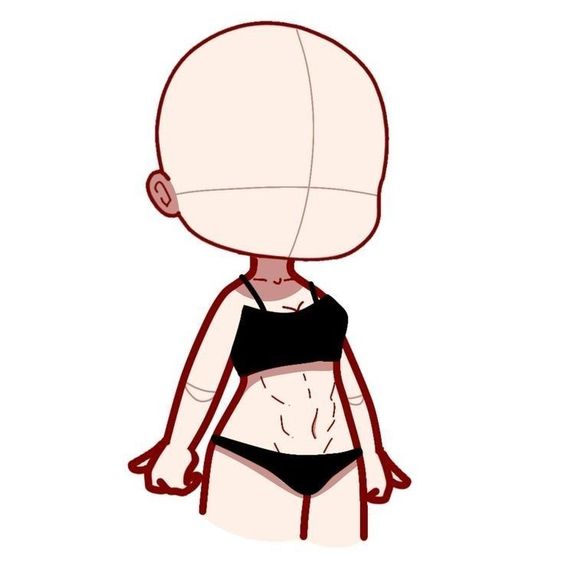
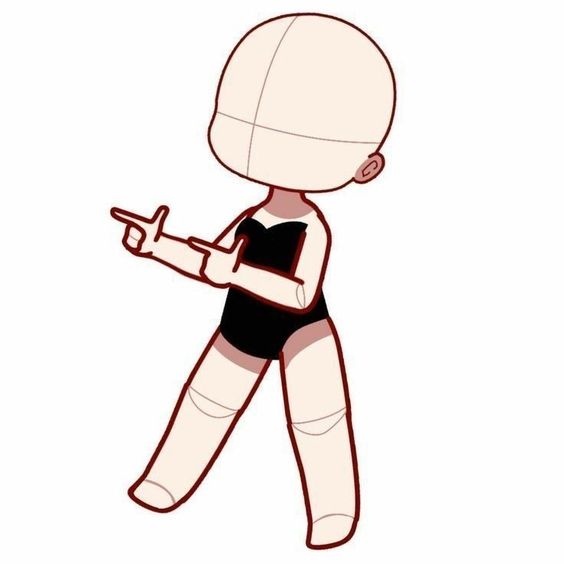
In addition to character customization, the gacha art base also encompasses the backgrounds and objects that players can use to set the scene for their characters. This immersive environment supports user engagement by allowing players to experiment with different narratives and interactions within their created worlds. As such, Gacha Life’s art base serves not only as a tool for character design but forms the backbone of a vast virtual playground where stories and creativity intersect.
Understanding Gacha Art Bases
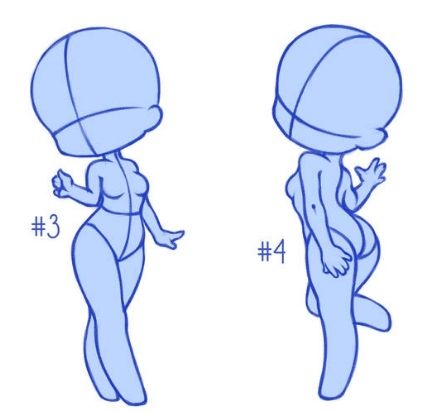
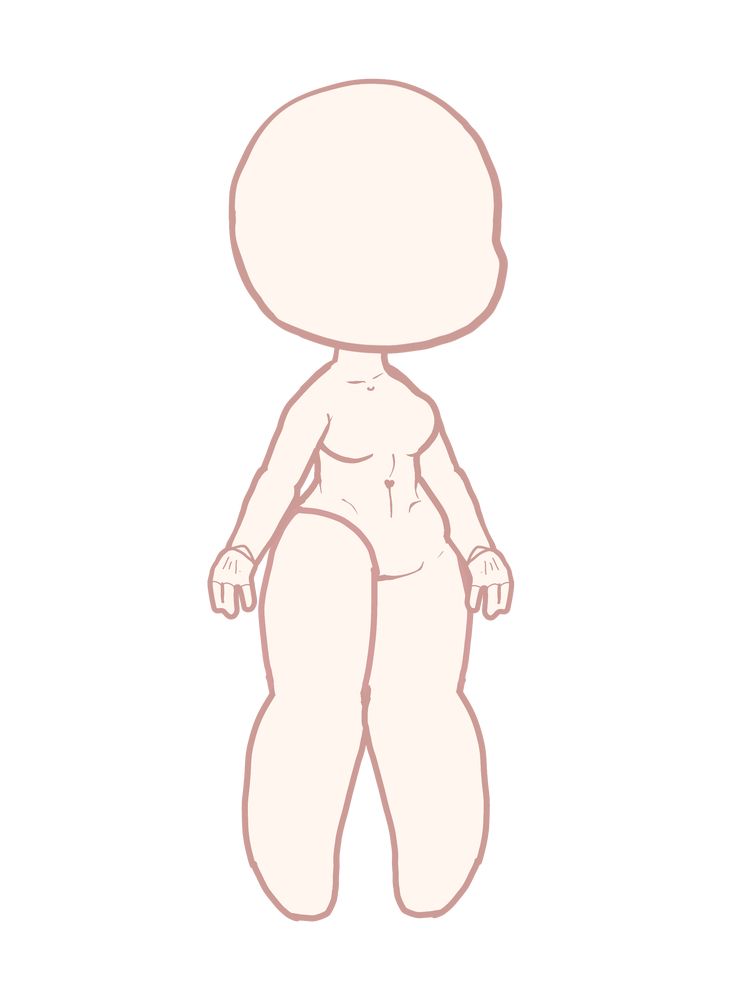
Gacha art bases are integral elements within the gacha gaming community, serving as templates for character creation and customization. They provide a structural foundation for artists and players to build upon, facilitating a standardized yet customizable approach to character design.
To make your Gacha art creations pop even more, imagine placing your characters in settings decorated with trendy neon signs for room — it adds personality, color, and a modern vibe to your scenes.
Historical Evolution of Gacha Bases
Gacha bases have evolved significantly since the inception of gacha games. These bases started as simple, pre-drawn assets within games like “Gacha Life,” which players could customize with different colors and accessories. Over time, the growing demand for more intricate and diverse options led to the development of more complex bases, allowing for increased expression and variation in character designs. As the gacha community expanded, these bases became popular among fan artists who wanted to create their own characters outside of the games themselves.
Key Components of a Gacha Base
A gacha base typically consists of several key components that define its usability and appeal:
- Outline: The basic shape and pose of the character.
- Facial Features: Simplified markers for eyes, nose, and mouth placement.
- Body Proportions: Standardized ratios for the body parts to maintain consistency.
- Customization Layers: Parts that can be adjusted or replaced, such as hairstyles, clothing, and accessories.
Websites like drawspaces.com have become prominent for providing a variety of gacha bases that can be downloaded and used by artists.
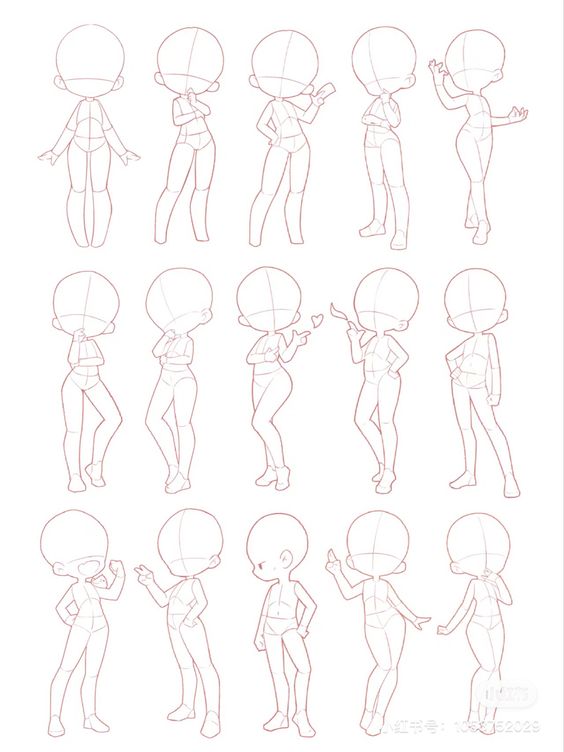
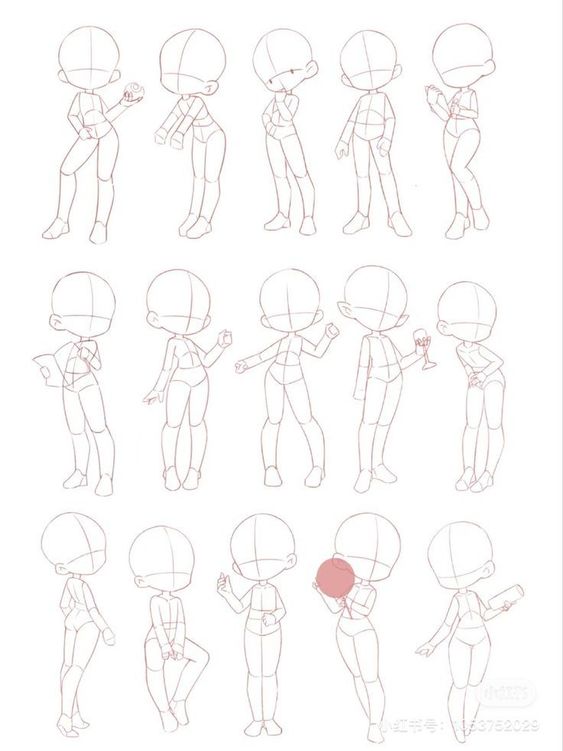
The utility of a gacha base is in its simplicity and versatility, allowing for countless iterations of character designs while maintaining a coherent look that’s recognizable within the gacha universe.
Designing Gacha Characters

Designing characters in the Gacha universe requires attention to detail and a creative approach to stand out. Here’s how to craft appealing characters with personality and style.
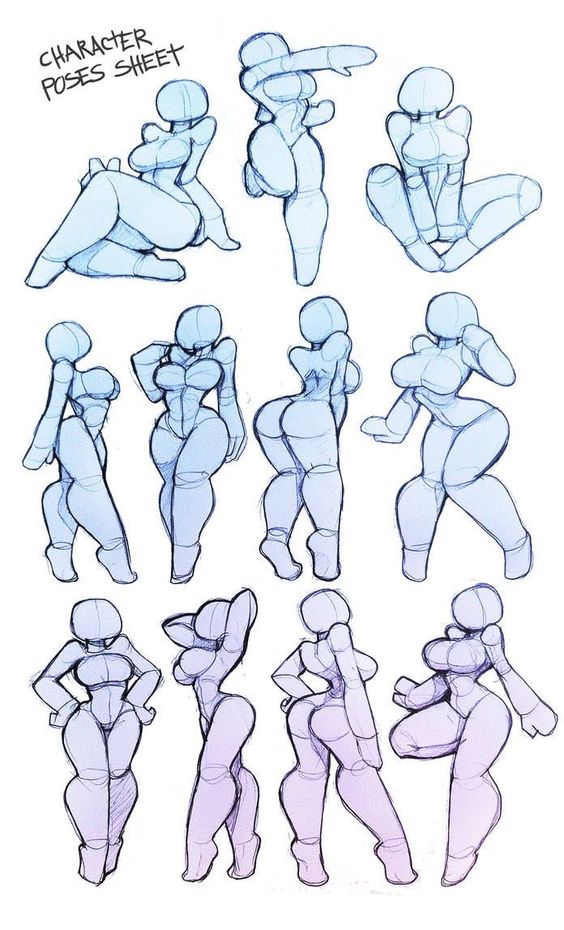
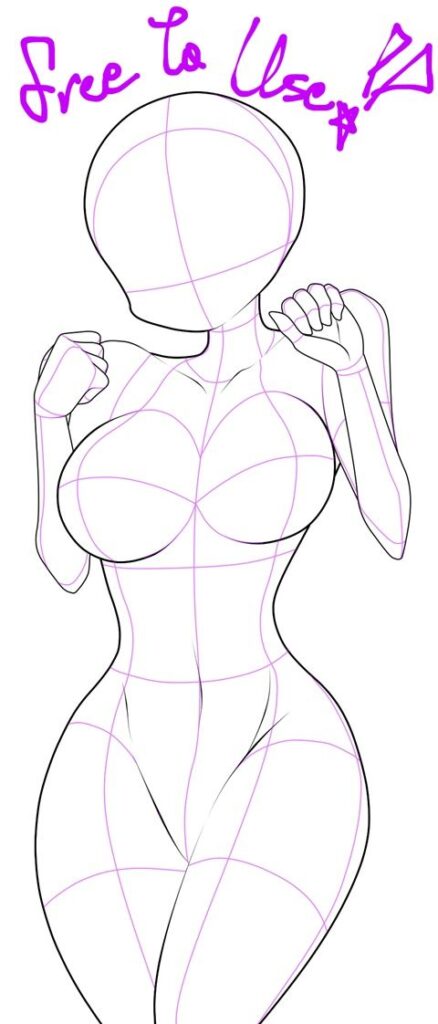
Selecting the Right Template
Selecting a template is the foundational step in Gacha character design. Templates provide a basic structure of the character, including posture and proportions. Designers should choose templates that best fit the character’s intended personality and role. For instance, an energetic character might benefit from a dynamic pose, while a more reserved character may be suited to a subdued stance.
Incorporating Character Elements
Character design involves a careful blend of elements that make up the whole. A designer must consider the following features:
- Hair: The hairstyle should reflect the character’s persona, with a vast array of colors and styles available to evoke different moods and traits.
- Clothing: Outfits are crucial as they signal a character’s status, occupation, and fashion sense. Selecting the right garments is key in portraying the character accurately.
- Accessories: These add depth and backstory. Whether it’s glasses for an intellectual look or a sword for a knight, accessories are an essential aspect of design.
Personalizing with Unique Touches
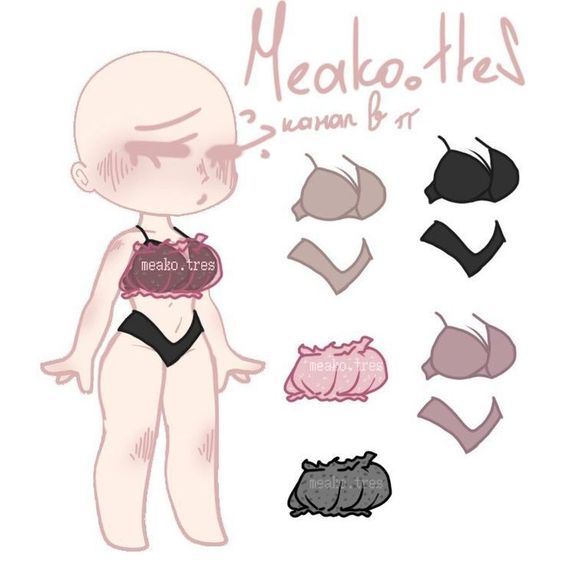
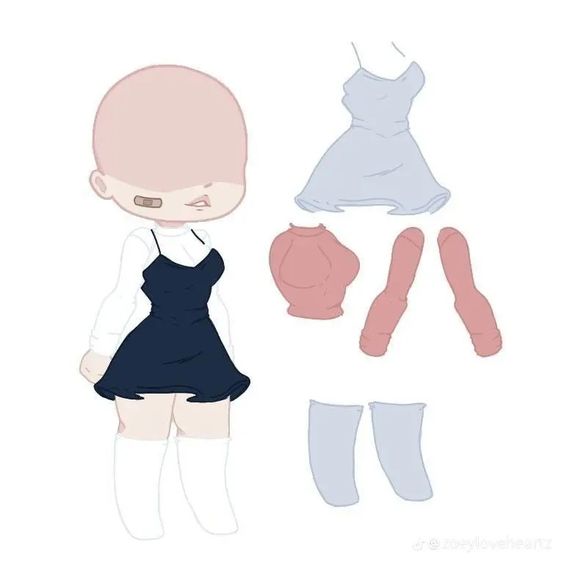
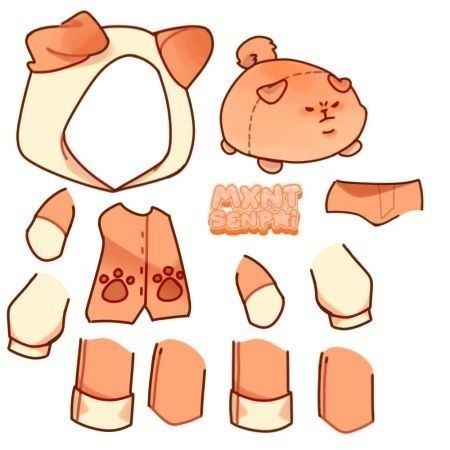
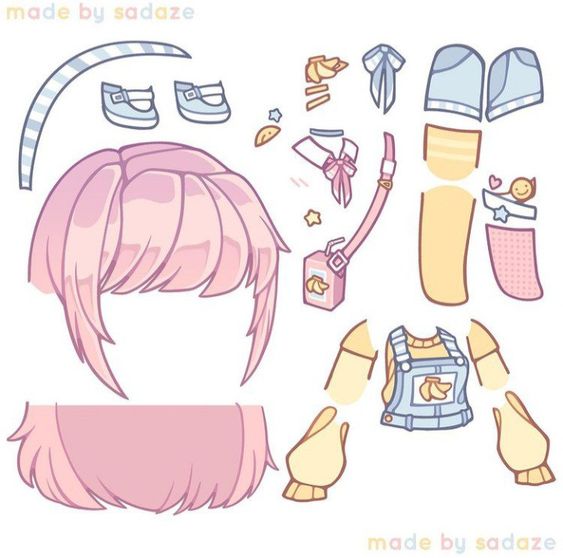
Personal touches transform a standard design into a unique and appealing character. This is where creativity truly shines, adding details that provide depth and backstory. One might:
- Employ bold or italic fonts to denote importance or personality traits in the character’s background story.
- Introduce an unexpected element, like an antique locket, that might hint at a secret past.
- Alter traditional designs subtly to add uniqueness, such as adding asymmetry to clothing or giving a classic hairstyle a modern twist.
Bring characters to life by infusing them with individuality that resonates with the Gacha community.
Artistic Techniques for Gacha Bases

In creating Gacha art bases, artists focus on accurate body proportions, dynamic poses, and vivid expressions to bring lifelike qualities to their characters.
Mastering Body Proportions
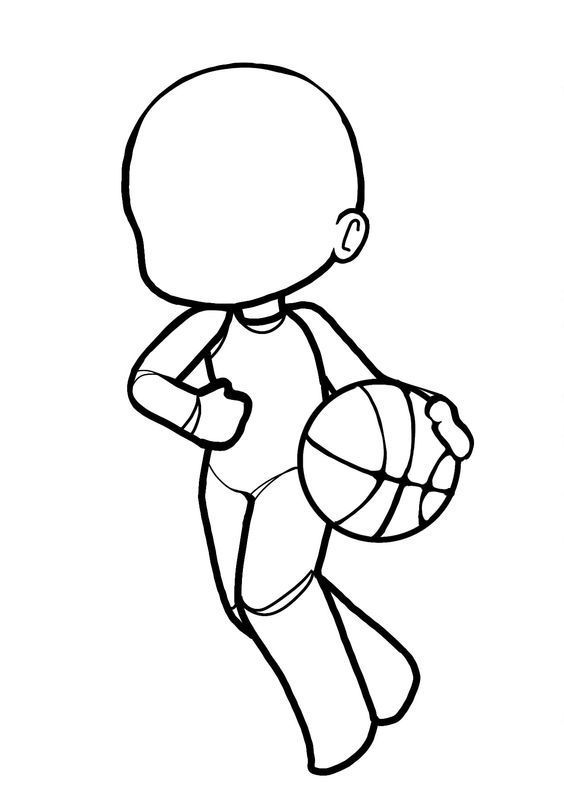
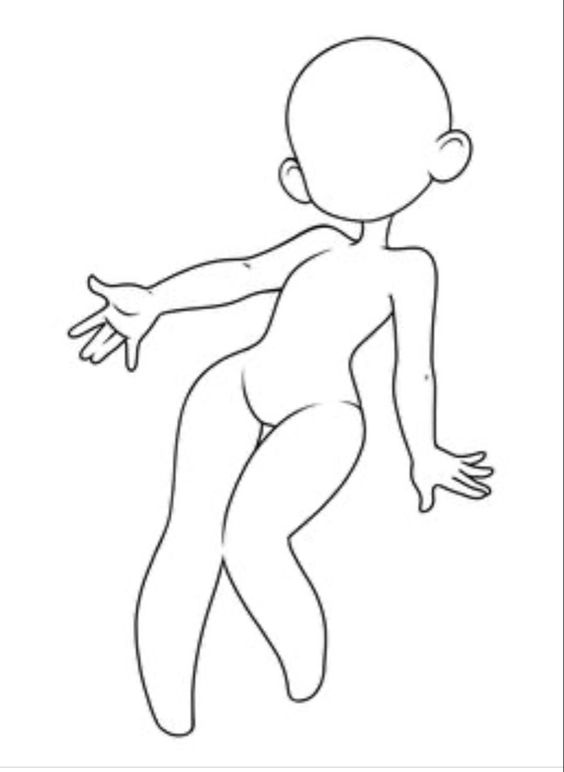
Accurately representing the human body in artwork is fundamental. An artist must understand the relationships between different parts of the body. Typically, the adult human body is about seven to eight heads tall, with key landmarks at the chin, chest, navel, and groin adding reference points. A common method involves:
- Head: 1 unit
- Torso: 2 units
- Legs: 3 to 4 units
Correct proportions ensure the artwork does not seem distorted unless intentionally stylized for creative effect.
Creating Dynamic Poses
Dynamic poses bring energy and life to drawing poses. To create them, one should:
- Identify the action line, a fluid line that represents the character’s flow of motion.
- Place the weight-bearing points to establish balance.
- Use geometric shapes to build the basic form of the pose, ensuring dynamism and creativity.
This step transforms static figures into expressive, engaging characters ready for any narrative.
Conveying Expressions and Emotions
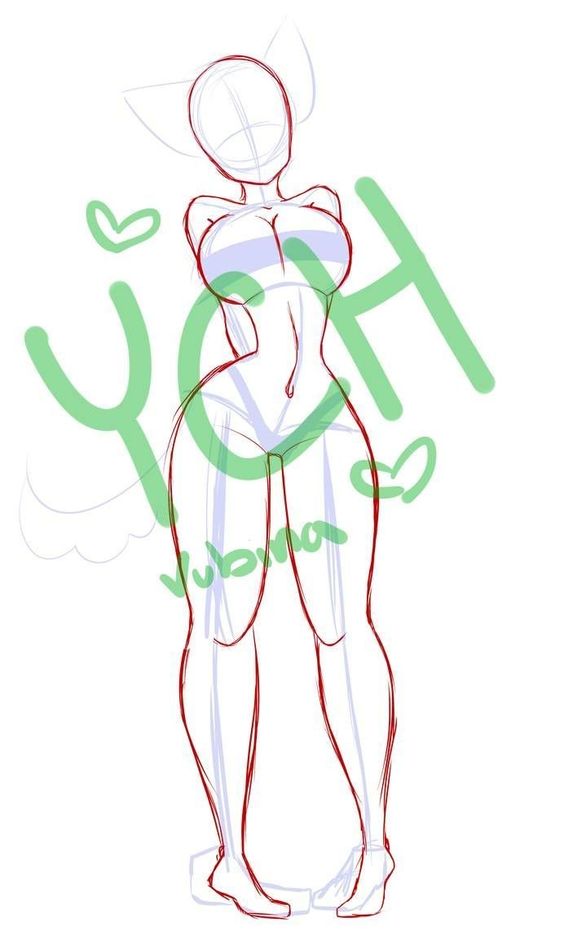
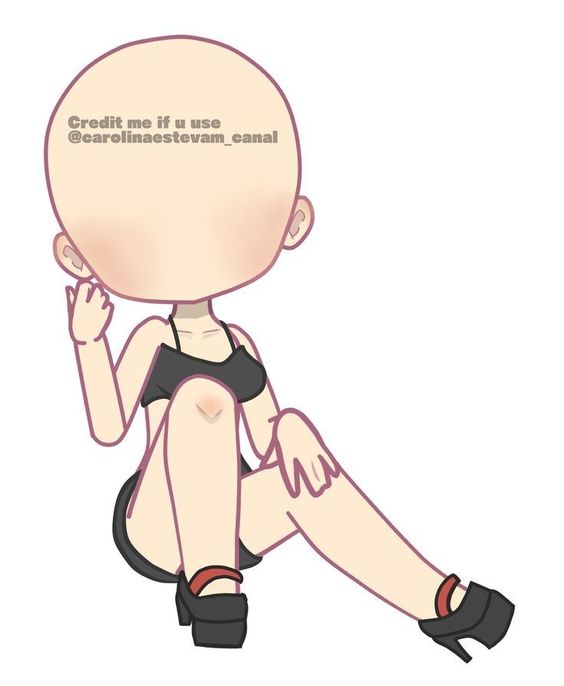
Expressive artwork often hinges on the emotions and expressions portrayed. Artists rely on facial features and body language to convey a range of feelings. Here’s how they achieve it:
- Eyes and eyebrows: They can dramatically alter a character’s emotion.
- Mouth and jaw placement: Defines the intensity of the expression.
- Posture: Even subtle shifts can indicate a character’s mood.
This level of detail ensures that each Gacha base communicates a clear, lifelike sentiment.
Digital Tools for Gacha Art Creation

When creating Gacha art, artists have a variety of digital tools at their disposal. These tools range from software and online platforms designed specifically for Gacha creations to adaptable drawing bases that can streamline the design process.
Software and Online Platforms
A key component in the Gacha art creation process is the selection of appropriate software or online platforms. These can vary widely in their feature sets and complexity.
- Gacha Life: It is a popular platform that provides users with a wide array of pre-set characters and items, allowing for quick and personalized art creation.
- Gacha Club: An evolution of Gacha Life, this offers more advanced customization options for characters and scenes, thus giving users the possibility to create more detailed art.
Additionally, many artists opt for more traditional art software which, while not Gacha-specific, can be very effective when used with Gacha drawing bases.
- Adobe Photoshop: A powerful tool for art creation and manipulation, versatile enough to be used in conjunction with downloaded or created Gacha bases.
- Clip Studio Paint: Favored for its drawing and animation tools that can bring Gacha characters to life.
Utilizing Drawing Bases and Tools
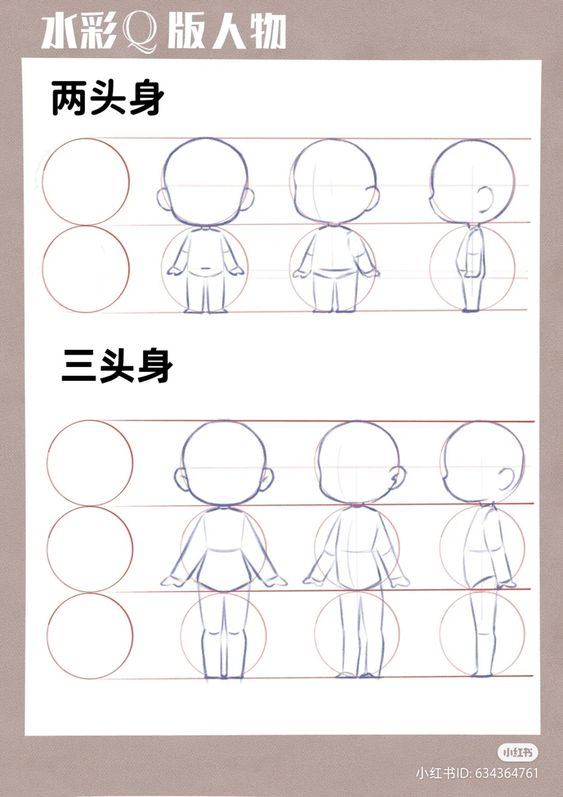
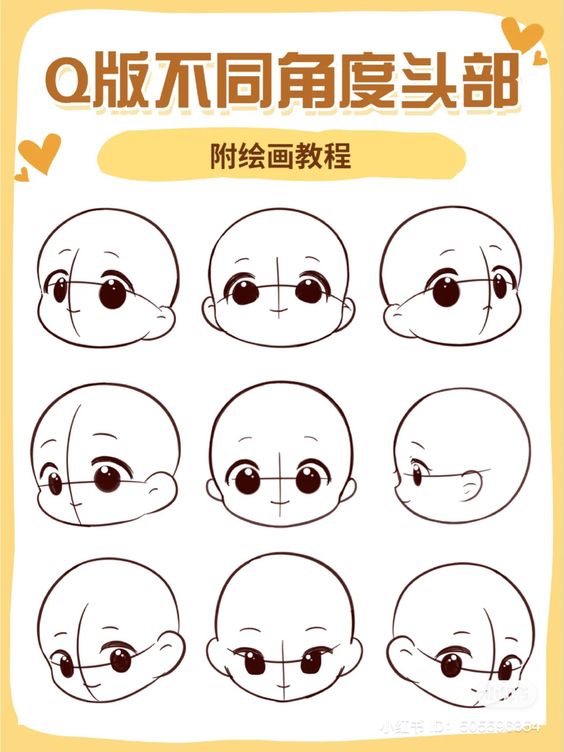
Drawing bases, particularly Gacha and body drawing bases, are templates that artists can use to expedite the design process. They often come in a variety of poses and can be either blank body outlines or have more detailed features.
- Gacha Drawing Bases: These are pre-made character outlines available across the web, intended for customization and designed with the Gacha art style in mind.
- Body Drawing Base: While not exclusive to Gacha art, these bases provide general human forms in various poses, which can be adorned with Gacha-inspired clothing and accessories.
Artists typically utilize these drawing bases through a process of layering and editing. They select a base that fits the pose they envision and then layer clothing, hair, and accessory designs, often utilizing:
- Layers and Transparency: Software tools that allow for non-destructive editing and experimentation.
- Custom Brushes: For details and textures that give Gacha characters a unique look.
Overall, these digital tools support the Gacha art creation process by providing a mix of ready-to-use elements and customizable features that accommodate both beginners and experienced artists.
Community and Sharing
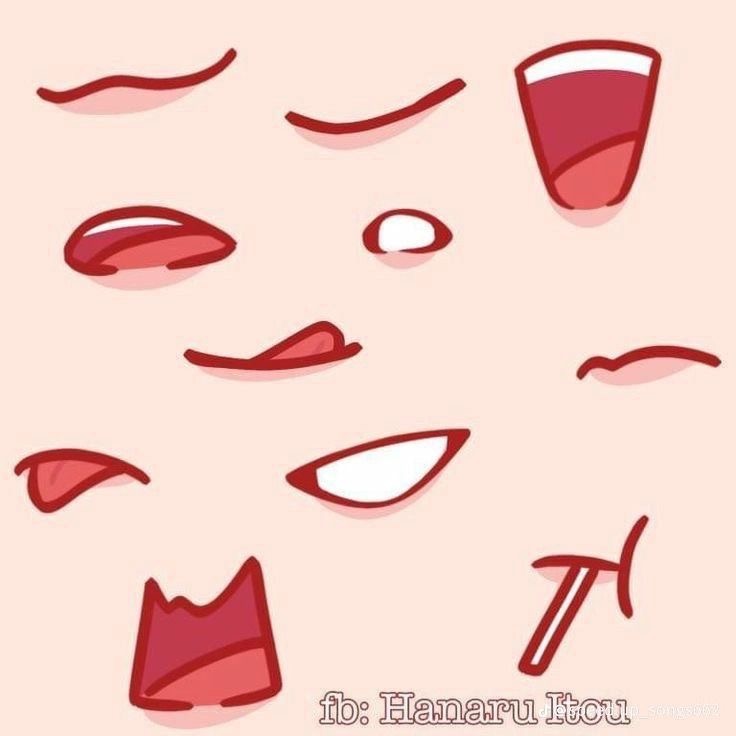
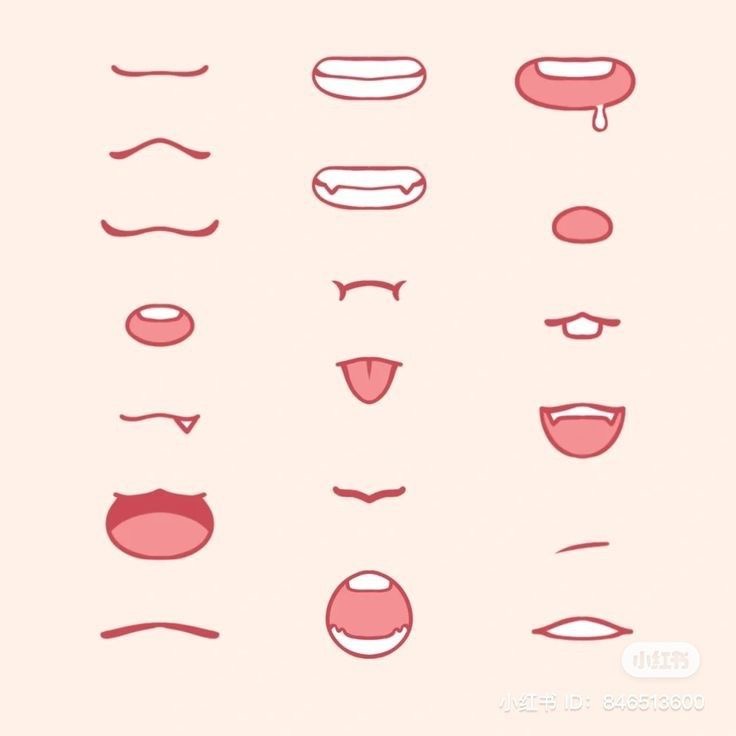
Gacha art base enthusiasts thrive on community interaction and the exchange of creative work. It is paramount for artists to actively participate in the community and honor the practice of giving credit when due.
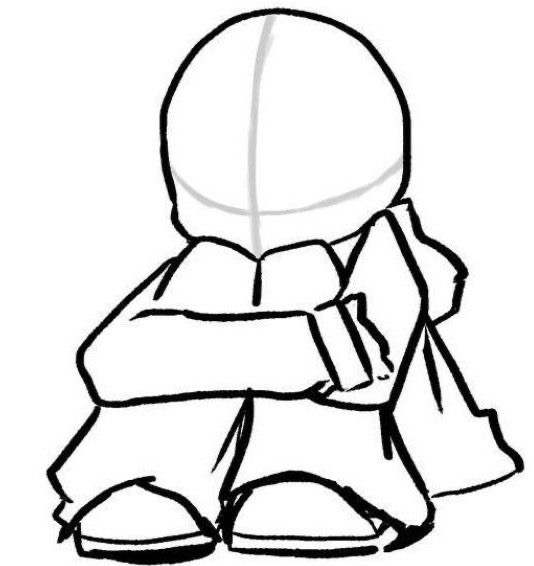
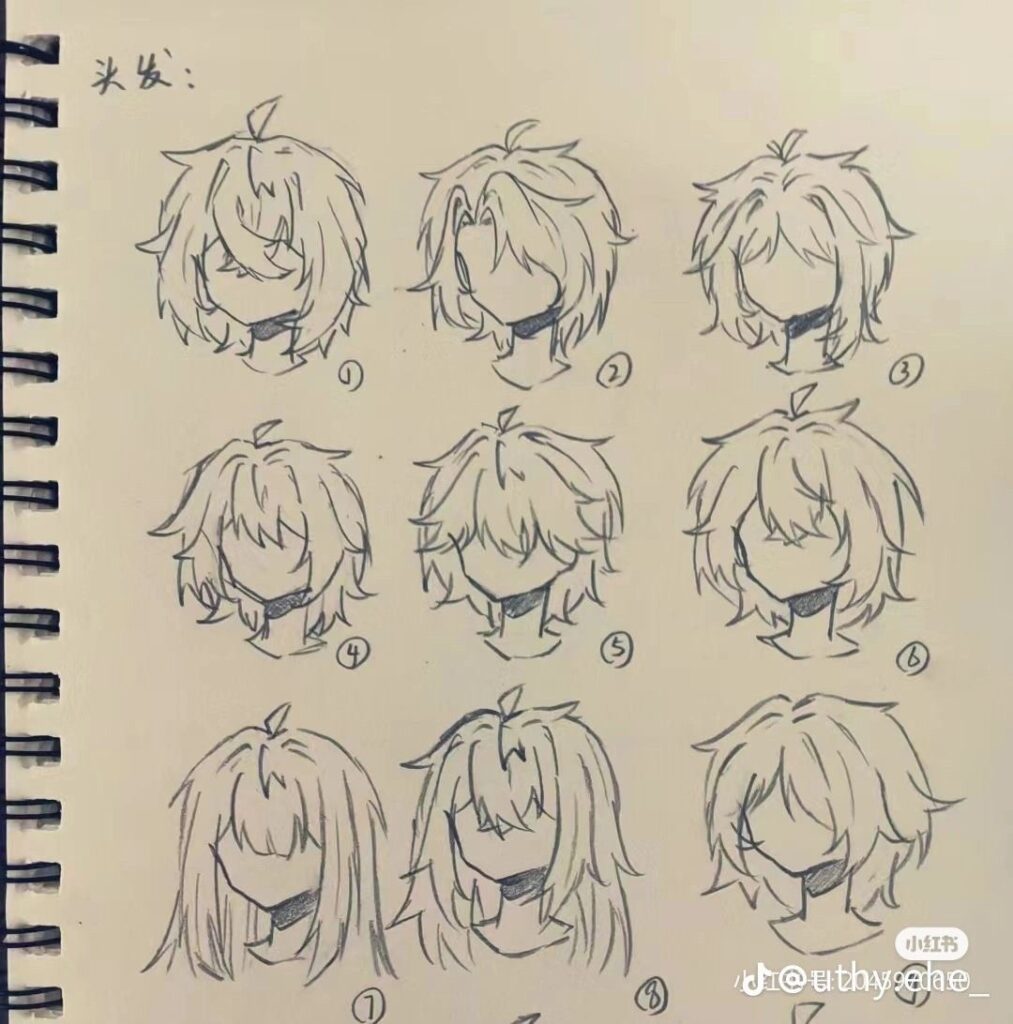
Engaging with the Gacha Community
The Gacha community is vast and full of diversity, providing artists with a plethora of inspiration and support. To engage effectively, artists can:
- Join online forums and social media groups dedicated to Gacha art.
- Participate in community challenges or events to showcase their work.
- Share tips and techniques with fellow community members to foster a collaborative environment.
Through these actions, community members benefit from a variety of perspectives and can improve their own artistic abilities.
Acknowledging and Giving Credit
Proper attribution is a cornerstone of the Gacha art community. Here are ways artists ensure credit is given appropriately:
- When using premade bases: Artists should always mention the original creator of the base.
- For collaborative works: All contributors should be credited for their respective roles.
- In online posts: If artists drive inspiration from others, they should include an acknowledgment in the description.
This recognition supports a respectful and ethical community, assuring that artists’ contributions are honored.
Advancing Your Gacha Art Skills
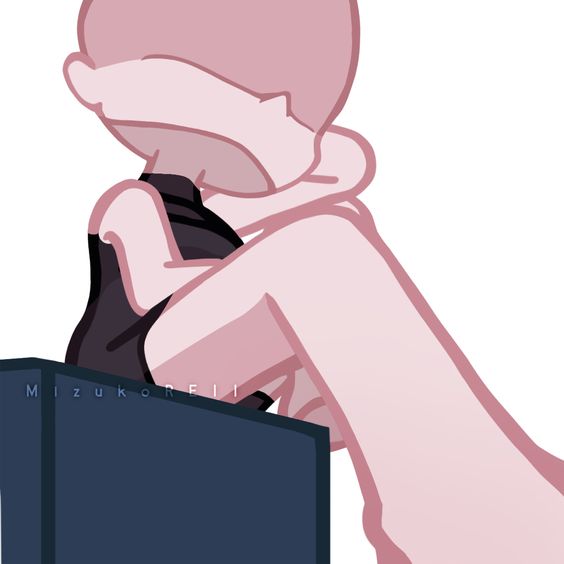
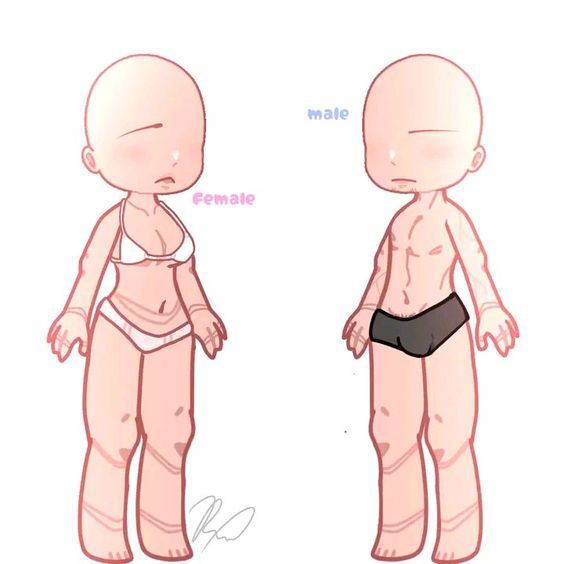
To elevate one’s Gacha art skills, a strategic approach is required. An artist starting with a drawing base can enhance their craftsmanship by focusing on the refinement of details and incorporating personal creativity into their chibi drawings.
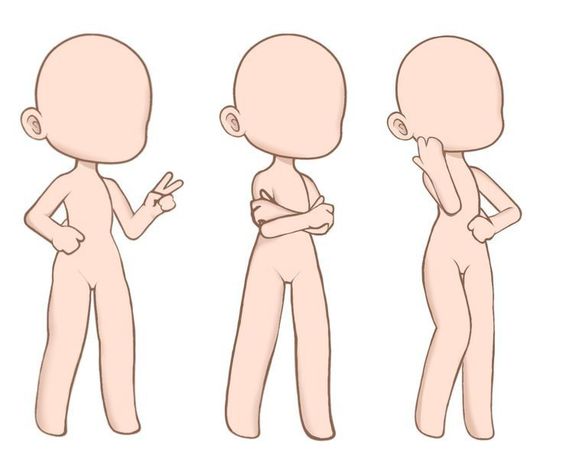
Consistent practice with a Gacha Life drawing base lays the groundwork for skill advancement.
Foundations and Techniques:
- Basics: Understanding proportions of chibi and Gacha-style characters. Utilizing gacha life drawing bases can speed up this process.
- Details: Pay close attention to eyes, clothing, and accessories to add uniqueness.
Practice and Patience:
- Regular Drawing: They should practice regularly, setting aside time each day to focus on different aspects of their art.
- Incremental Learning: They can master one element before moving on to the next.
Creative Exploration:
- Experimentation: They must feel free to experiment with various styles within the Gacha art form.
- Originality: Injecting their unique flair and ideas will make their drawings stand out.
Learning Resources:
| Resource Type | Description |
|---|---|
| Online Tutorials | Step-by-step guides to enhance specific skills. |
| Art Community Forums | A place for feedback and tips from fellow artists. |
Developing Gacha art skills is a journey of continuous learning. An artist refines their skills through deliberate practice, study, and the willingness to apply their creativity to their art. Whether one is new to the art form or looking to perfect their craft, focusing on the building blocks of character design and embracing their creative instincts are key to their progression.
Marketing and Monetizing Gacha Art

Gacha art bases provide a unique opportunity for artists to monetize their work. These premade templates can be sold as digital products to enthusiasts who customize them with their own design elements. Below are some strategies for marketing and monetizing these art bases.
Online Marketplaces: Artists can list their gacha art bases on various digital platforms such as Etsy or Gumroad. A straightforward pricing tier can be established, offering licenses for personal use at lower prices and commercial use at higher rates.
- Personal License: Typically allows non-commercial use.
- Commercial License: Grants permission for commercial use, often at a higher price point.
Social Media Promotion:
- Use platforms like Instagram and Twitter to showcase art.
- Engaging with the community by participating in trends and challenges.
- Utilizing appropriate hashtags can significantly increase visibility.
Building a Brand:
- Artists should create a recognizable brand around their gacha art.
- Consistent visual themes and quality draw a loyal customer base.
Cross-Promotions:
- Collaborating with other artists can be beneficial.
- Cross-promotions through social media or bundled deals can attract more customers.
Customer Feedback:
- Incorporating customer feedback into new designs can increase the value of gacha art bases.
- It creates a sense of community and investment in the artist’s work.
By deploying these strategies with a neutral and knowledgeable approach, artists can effectively market and monetize their gacha art bases. It is important for creators to protect their work with clear licensing agreements to ensure proper usage and remuneration.
The Future of Gacha Art

The digital art landscape is evolving rapidly, and Gacha art is no exception. Advancements in technology will heavily influence the direction of Gacha art bases and the creation of figures in Gacha Life.
Virtual Reality (VR) and Augmented Reality (AR): There is a potential trend towards integrating Gacha life drawings into immersive VR/AR environments. Creators might soon be able to design and interact with their Gacha characters in a three-dimensional space, making the figurines more lifelike.
Increased Customization:
- More advanced customization tools are likely to emerge, granting users unparalleled control over their creations.
- With an expanding array of options, users can ensure their figures truly reflect their desired aesthetics.
Artificial Intelligence (AI):
- AI could offer automated suggestions to enhance Gacha life drawings, making the design process more accessible.
- It might also generate unique Gacha life base figures with minimal human input.
Community Collaboration:
- Collaborative features could become a cornerstone, allowing multiple users to work on a single piece simultaneously.
- This development could lead to more intricate and diverse artwork within the Gacha Life community.
Monetization:
- Artists might find new ways to monetize their Gacha life figures through digital marketplaces.
- Licensing for commercial use could become commonplace, expanding the reach of Gacha art.
Educational Use:
- Educational institutions may adopt Gacha life art as a tool for teaching digital art skills.
- This could be particularly beneficial for younger students, given Gacha Life’s appeal to a wide age range.
The integration of these elements will shape a future for Gacha art that emphasizes creativity, collaboration, and technological innovation.
Conclusion
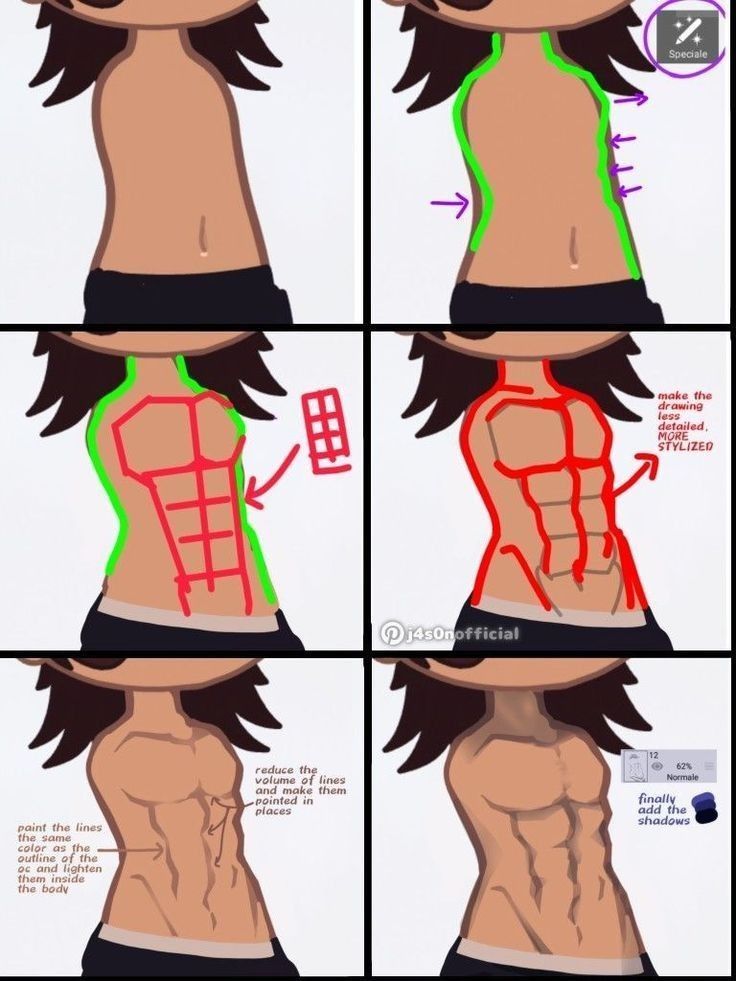
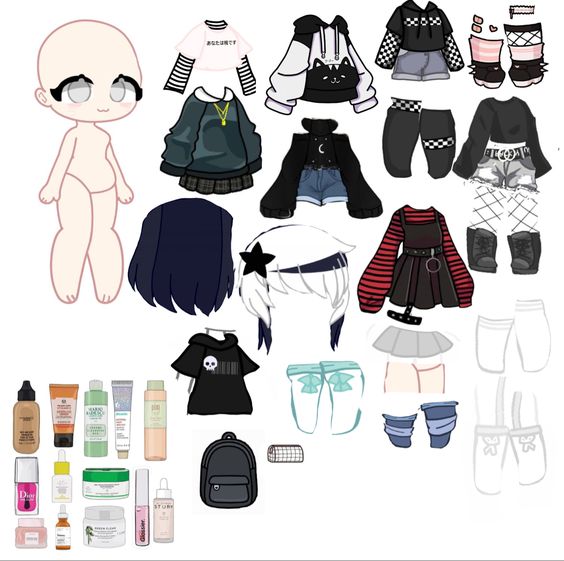
Gacha art bases have become an important tool for artists in the digital era. They serve as a starting point for creating customized and diverse character designs. These bases contribute to efficiency by simplifying the design process and allowing creators to focus on personalization.
Gacha art bases offer:
- Flexibility: They can be modified to suit various art styles and themes.
- Accessibility: Beginners find them helpful in practicing character design.
- Community: They have fostered a collaborative online community.
It’s crucial for artists to respect licensing agreements associated with the gacha art bases they use. Proper attribution ensures that original creators receive recognition for their work. Additionally, using these bases responsibly promotes a healthy creative environment.
The popularity of gacha art bases suggests that they will continue to be a significant aspect of digital art culture. As they grow in use, the potential for more innovative and inclusive designs increases. Artists, both novices and professionals alike, are likely to find these tools increasingly indispensable.
Frequently Asked Questions

Gacha art bases provide a starting point for creating characters and designs. This section addresses some common queries regarding sources, downloads, and specifics for both male and female Gacha art bases.
What are the best sources for free Gacha art bases?
Many artists offer free Gacha art bases on platforms such as DeviantArt, Pixiv, and certain Facebook groups dedicated to Gacha art. Always check the usage rights before downloading.
How do I download Gacha base models for art projects?
Gacha base models can be downloaded from online art communities like DeviantArt or through apps that let users customize Gacha characters. After finding a model, follow the site’s instructions to download the image file.
Where can I find Gacha base poses for female characters?
Gacha base poses for female characters are widely available on art-sharing websites like Pinterest and DeviantArt, where artists share their own creations with various pose options.
Are there any Gacha boy bases available for use in character designs?
Yes, Gacha boy bases are available and can be found on online art community platforms such as DeviantArt. They come in a range of styles and poses suited for character design.
Can I find Gacha girl bases that include pre-drawn eyes?
Pre-drawn eyes on Gacha girl bases can be found on art community sites like DeviantArt, though they may vary in style and expression, catering to different design preferences.
What are some popular poses for Gacha base girls to use in illustrations?
Popular poses for Gacha base girls used in illustrations include dynamic action stances, casual standing poses, and expressive seated arrangements, all of which can be found on sites like DeviantArt and Pinterest.
- 6.7Kshares
- Facebook0
- Pinterest6.7K
- Twitter0
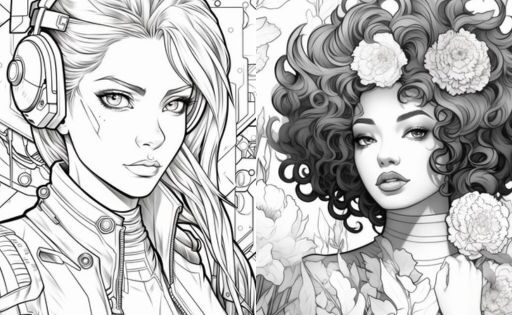
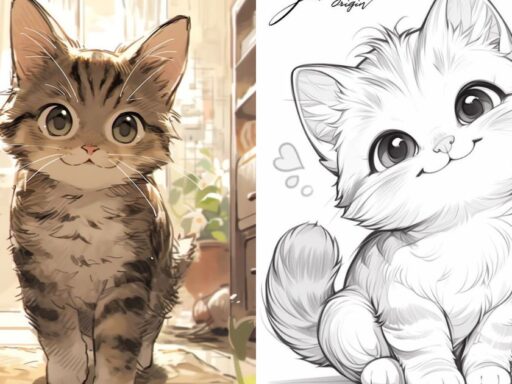
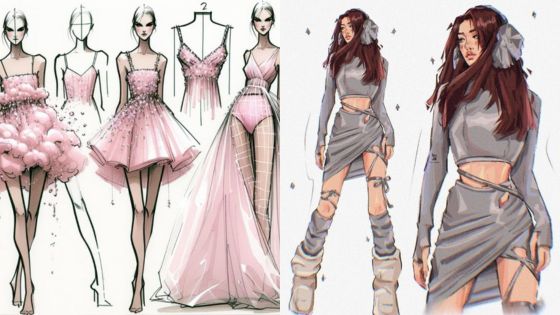
I love gacha arts I love to draw them to 🙂